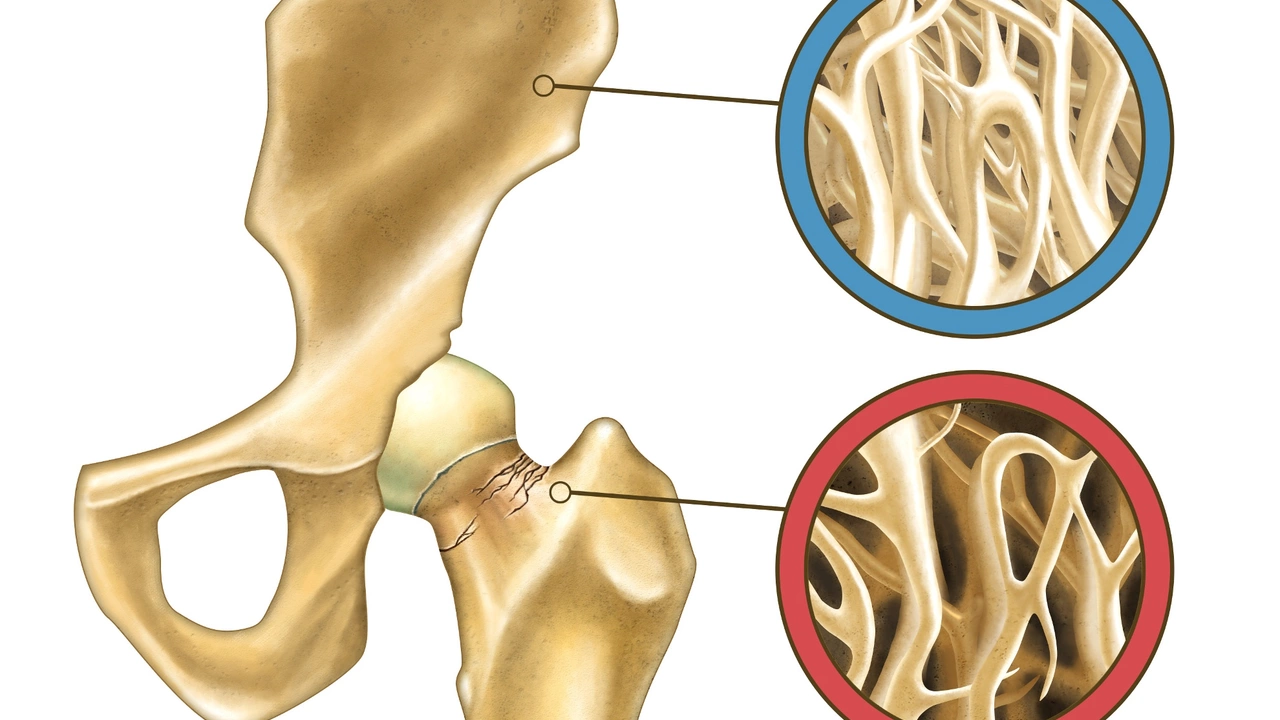Fracture prevention: practical ways to keep your bones strong
Broken bones often start with small, avoidable risks. Want to lower your chance of a fracture? Focus on three things: stronger bones, better balance, and fewer falls. The tips below are simple to use and work whether you’re 30 or 80.
Build stronger bones with food and movement
Nutrition matters. Aim for about 1,000–1,200 mg of calcium a day from food first—dairy, canned salmon with bones, kale, and fortified plant milks are solid picks. Vitamin D helps your body absorb calcium; many adults aim for 800–2,000 IU daily, but check with your doctor before starting supplements. Don’t forget protein—each meal should include a source like eggs, beans, fish, or lean meat to support bone repair.
Move regularly. Weight-bearing activities—walking, dancing, stair climbing—send signals to bones to stay dense. Add resistance training twice a week: bodyweight squats, lunges, resistance bands, or light free weights make a real difference. For balance, try Tai Chi, heel-to-toe walking, or standing on one leg while brushing your teeth. These exercises cut fall risk and help bones handle unexpected stresses.
Cut fall risks at home and in daily life
Most fractures happen after a fall. Make your home safer: clear clutter, secure loose rugs, add non-slip mats in the bath, and install grab bars by toilets and showers. Improve lighting—bright bulbs and night-lights for hallways reduce stumbles. Wear shoes with good traction; avoid high heels and slippery socks.
Review medications with your clinician or pharmacist. Some prescription drugs raise fall risk by causing dizziness or low blood pressure. Also ask about extended steroid use, which can weaken bone over time. Your doctor can suggest alternatives or protective steps if steroids are unavoidable.
Know your bone strength. A DEXA scan shows bone density and helps predict fracture risk. If you’re over 50, have had a prior fracture, or take bone‑weakening meds, ask about testing. If your risk is high, proven treatments exist—bisphosphonates and other prescription options can lower fracture chances. Talk with a clinician about benefits and side effects before starting any medication.
Small habits add up. Stop smoking and limit alcohol—both harm bone health. Keep a consistent routine of strength and balance work, eat a mix of calcium, vitamin D, and protein, and make your environment fall-proof. If you’re unsure where to start, a physical therapist can show exercises tailored to your strength and balance level.
Want a quick checklist? Do a home safety sweep, add two strength sessions weekly, walk or dance most days, check vitamin D and calcium intake, and schedule a bone density test if you’re over 50 or have risk factors. These steps are practical, low-cost, and proven to cut the chance of a fracture.

